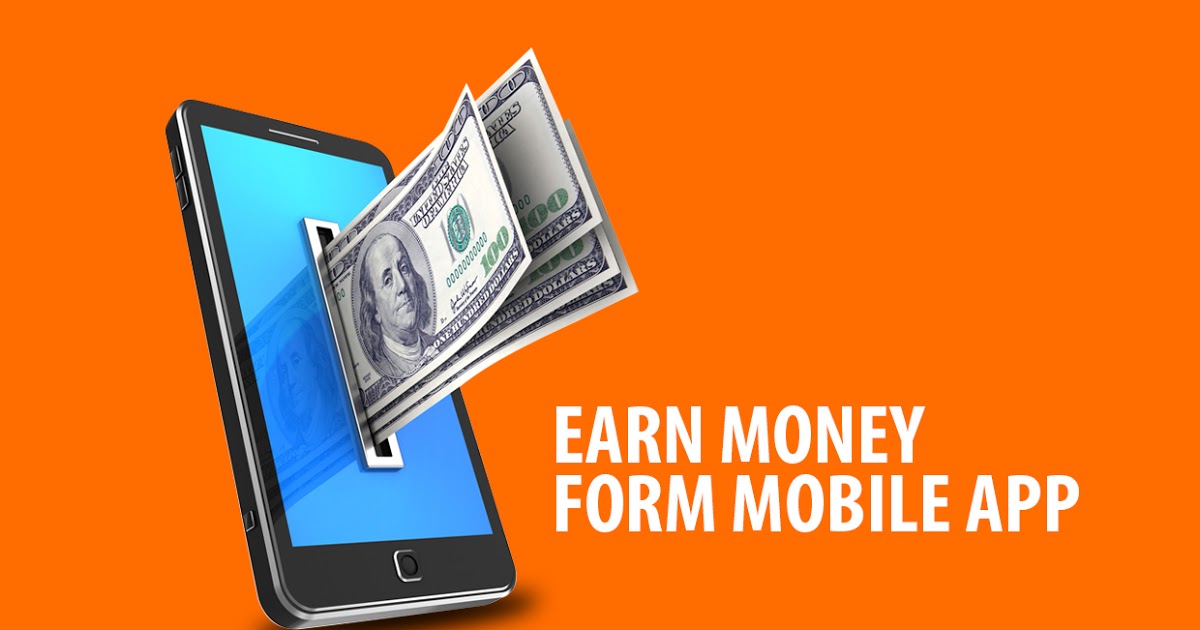
In the digital age, where things are always changing, mobile apps have become an important part of our daily lives. There are millions of apps available for many platforms, so makers have to work hard to not only make new apps that are easy for people to use but also find good ways to make money from their work. Maximising revenue is an important part of keeping a mobile app business going and building it.
As the need for mobile apps grows, makers need to find new ways to make money to make sure their apps are successful in the long run. The goal of this piece is to give you a complete list of different ways to make money with your mobile app. We will go into detail about each method, from old-fashioned ones like paid downloads to newer ones like in-app sales and subscription models, so you can make smart choices and get the most money out of your app.
1. Paid Downloads:
The most straightforward way to generate revenue is by charging users for downloading your app. While this model has been a staple for many years, it’s essential to strike the right balance between pricing and perceived value to encourage downloads.
2. In-App Purchases:
In-app purchases (IAPs) have revolutionized the way developers monetize their apps. Offering users the option to buy virtual goods, upgrades, or additional features within the app creates a continuous revenue stream. We’ll explore how to implement IAPs effectively without compromising user experience.
3. Freemium Model:
The freemium model involves offering a basic version of your app for free while charging users for premium features or content. This approach initially attracts a larger user base and allows you to upsell premium services to those who find value in the free version.
4. Ad Monetization:
Integrating advertisements into your app can be a lucrative strategy. We’ll discuss the different types of ad formats, such as banners, interstitials, and rewarded ads, and provide insights into optimizing ad placements to maximize revenue without sacrificing user satisfaction.
5. Subscription Models:
Subscription-based models are gaining popularity, especially for content-rich and service-oriented apps. We’ll explore how to design compelling subscription plans, retain subscribers, and maintain a balance between providing value and generating consistent revenue.
6. Affiliate Marketing:
Leveraging affiliate marketing within your app can create additional income streams. We’ll discuss how to strategically incorporate affiliate partnerships and promotions without compromising the user experience.
7. Loyalty Programs:
Building user loyalty is key to long-term success. We’ll explore how implementing loyalty programs can incentivize users to remain engaged with your app, leading to increased retention and potential monetization through repeat transactions.
8. Sponsorships and Partnerships:
Collaborating with other businesses for sponsorships or partnerships can provide a boost to your app’s revenue. We’ll provide insights into identifying suitable partners and negotiating mutually beneficial arrangements.
9. Data Monetization:
With user data becoming a valuable asset, consider responsibly leveraging anonymized user data to create additional revenue streams. Explore partnerships or create insights that can be sold to businesses seeking consumer behavior data, ensuring compliance with privacy regulations and maintaining user trust.
10. Crowdfunding and Pre-Orders:
Engaging your user community through crowdfunding campaigns or pre-orders can not only generate upfront capital for your app but also gauge interest and demand. We’ll explore best practices for running successful crowdfunding campaigns and managing pre-orders effectively.
11. White Labeling and Licensing:
If your app offers a unique and valuable service, consider white labeling it for other businesses or licensing it to third-party developers. This strategy allows you to monetize your app’s technology or features without directly dealing with end-users.
12. Virtual Events and Live Streaming:
For apps with a social or entertainment focus, incorporating virtual events or live streaming can be a lucrative monetization strategy. Explore different ways to charge users for access to exclusive live content, virtual experiences, or in-app events.
13. Gamification for Monetization:
Introducing gamification elements to your app can enhance user engagement and provide monetization opportunities. Incorporate features like leaderboards, achievements, and virtual currency to encourage user participation and spending within the app.
14. Geo-Targeted Services:
If your app provides location-based services, consider partnering with local businesses for targeted promotions and advertisements. This localized approach can be particularly effective for apps in the retail, dining, or service-oriented sectors.
15. Niche Market Monetization:
Identify specific niches within your target audience and tailor monetization strategies to meet their unique needs. Understanding the preferences and pain points of niche markets can lead to more effective and targeted monetization approaches.
Conclusion:
As the mobile app market continues to evolve, developers must adapt their monetization strategies to stay competitive. By understanding and implementing a combination of these diverse monetization models, you can create a sustainable revenue stream for your mobile app while delivering value to your users. Stay tuned as we delve deeper into each strategy, providing actionable insights to help you navigate the intricate world of app monetization and achieve financial success.


